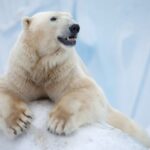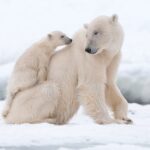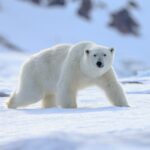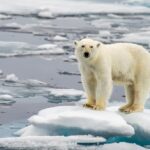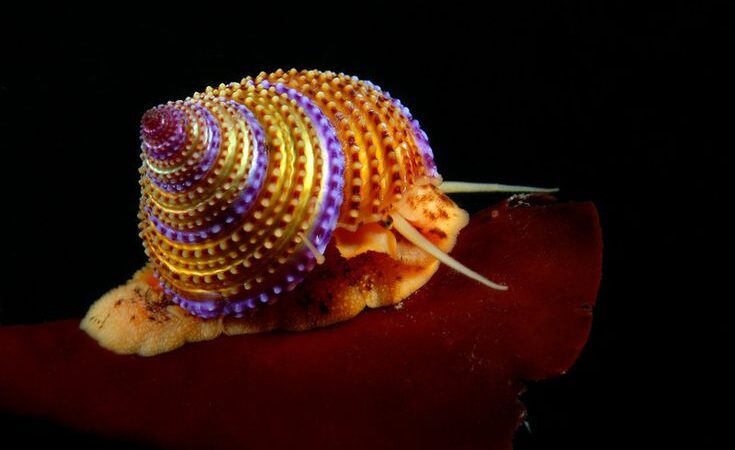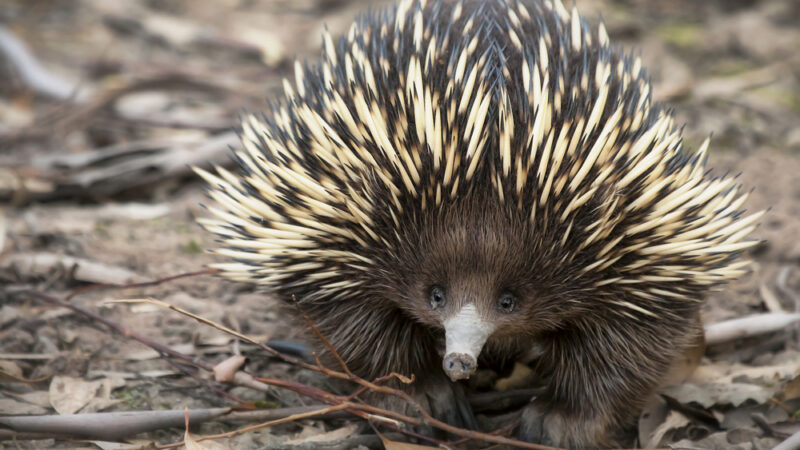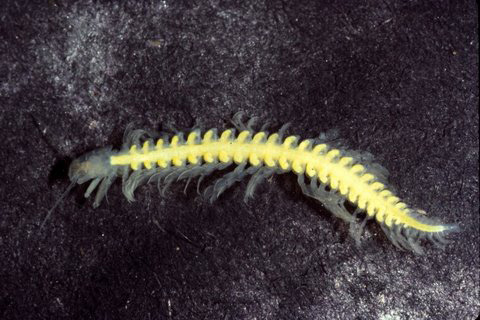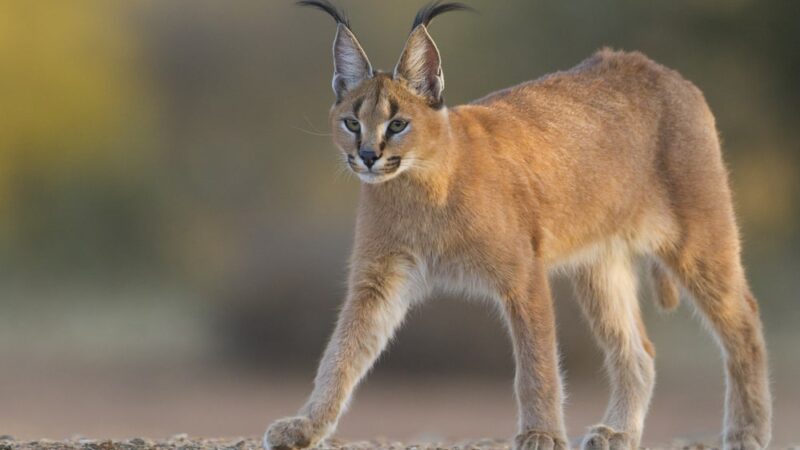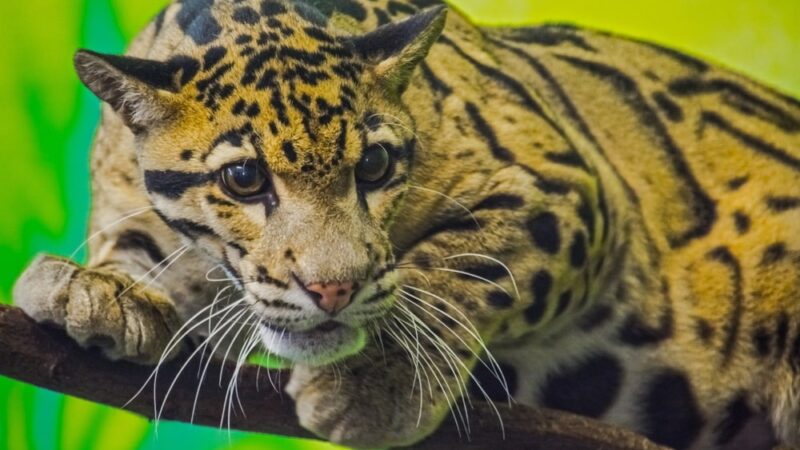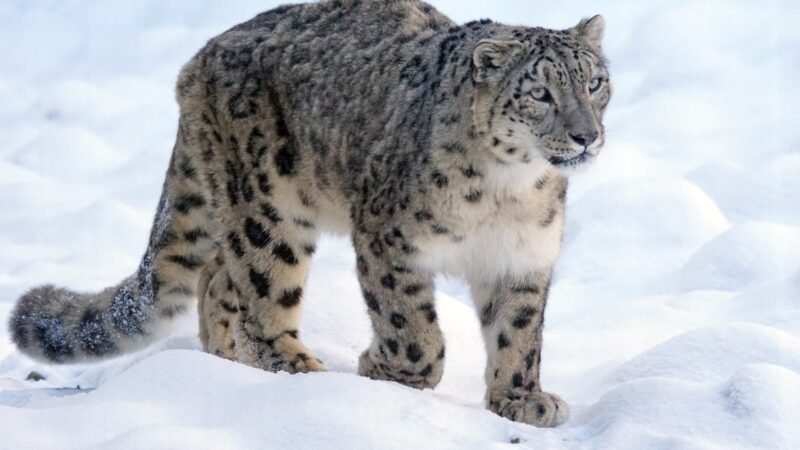Polar Bear
Shelter for Animal | Polar Bear | The Polar bear is an Arctic animal. The scientific name of this animal is Ursus maritimus. We’re sharing some interesting facts about Polar bears, where do polar bears live? why are polar bears endangered?
Polar bear habitat
Polar bears live in that really cold place up north you know the one more specifically though. They live in Russia, Canada, Norway, Greenland, and Alaska. Even more specifically, they tend to be found on the edges of sea ice where the sea begins allowing them to have easy access to their prey seals that live there. Polar bears will move around a lot as the season change and the ice melts and freezes during the summer they’ll move to solid land and when winter comes and the ice refreezes they make their way back onto the frozen oceans again to hunt.
Diet of Polar bears
Polar bears eat seals mainly bearded and ringed seals. A polar bear’s most common method of hunting is called still-hunting where the polar bear sits by an opening in the ice waiting for a seal to surface. It isn’t uncommon for polar bears to eat carrion such as whale carcasses and when times get tough polar bears have been known to eat small rodents reindeer and even human rubbish. This has led many polar bears to enter human settlements in search of food which puts both them and humans in danger.
Many of these excursions will end with the Polar bear injured or maybe even killed these lovely bears live around 25 years and obviously give birth to live young mating occurs during April and May and coincides when the best time for seal hunting is, so the Bears will meet at the best spots for food and may 12o their female. Polar bears experienced delayed implantation where fertilized eggs won’t start to develop for another four months after initial fertilization this is so.
The mother has enough time to eat as much food as possible and dig a maternity dentist’s leap during her gestation period. She’ll stay in this den for the first few months of her cubs lives as well when the cuts around two years old the mother will abandon or chase her offspring away leaving them to fend for themselves or sometimes siblings will share food and stay with each other for a few months afterward.
Polar bear adaptations
Polar bears are truly Arctic animals everything about them has been finely tuned to living in such a harsh environment. The fur is thick oily and waterproof perfect for swimming and its white color makes great camouflage underneath her further skin is black which helps from absorbing as much heat as possible from the Sun. They have smaller ears to reduce heat loss and a small surface area to body ratio again to keep in the heat the massive pores help them swim and when on sea ice help spread their weight over a larger area.
Their enormous size and strength let them smash through the ice to get at seals. These adaptations make polar bears amazingly adapted to a cold arctic climate that climate is changing rapidly and polar bears can keep up as we all know global warming is melting the ice caps at an alarming rate. Every year polar bears have to swim further and further from land to find the sea ice that is crucial to their survival.
Polar bear endangered
Polar bears a class that is vulnerable by the IUCN due to their low numbers only around 20,000 to 25,000 and the constant threat that polar bears are under from humans. The possibility of oil spills over hunting starvation and habitat loss will make the polar bear of threatened species and this is only going to get worse for them as global warming becomes far more apparent in the coming decades.
In February of 2019, a remote Russian town in the Novaya Zemlya region found its garbage dumps invaded by dozens of polar bears at least 52 polar bears have visited the village of Volusia Guba this year and they’ve even broken into homes apartments, and office buildings in search of food polar bears are vulnerable and since November of 2018 they’ve been considered a species of special concern here in Canada where two-thirds of the world polar bear population is found as such a lot of the burden to protect.
Interesting facts about Polar bears
- Polar bears reigned supreme among land-dwelling apex predators.
- They’re the largest land carnivore in the world.
- Adult male polar bears can easily weigh 800 kilograms standing at almost 3 meters tall.
- Their body weight fluctuates throughout the year depending on how much food they’re able to eat.
- They aren’t themselves actually white their fur is actually transparent it’s made of small hollow tubes and it can reflect the colors of its surroundings.
- The snow and the sky this is why can appear yellow in the summertime.
- Polar bears have a thick layer of fat as well as oily water-resistant fur that protects them against the elements.
- The most treacherous part about living in the Arctic is that their habitat is melting and it gets worse every year as temperatures around the world.
- The US Geological Survey found that polar white bears can also swim for up to ten days straight at that time.
- They can cover over 600 kilometers but it comes at a cost for polar bears swimming as five times more energy-intensive than walking and the longer they have to spend swimming between meals the higher the chances that they’ll starve as global.
- They’re unable to survive on a terrestrial diet as their metabolism is optimized for fat which land mammals don’t have in high quantities instead they have to target fatty marine mammals, primarily seals.
- They track these seals down with their incredible sense of smell their noses contain as many as a hundred times more scent receptors than our noses and the olfactory bulb in their brains is about five times bigger than humans’ brain.
Polar bears exhausted by their long journeys will take a big risk to feed their young targeting a much deadlier class of prey the walrus coming in large packs. Walruses are armed with deadly tusks capable of piercing a polar bear’s thick black skin a lucky bear is able to snatch a walrus cub and make it out alive. Mating occurs in the spring but polar bears delay their embryo implantation until October when the female enters her den.
Reference: Wikipedia, Britannica
